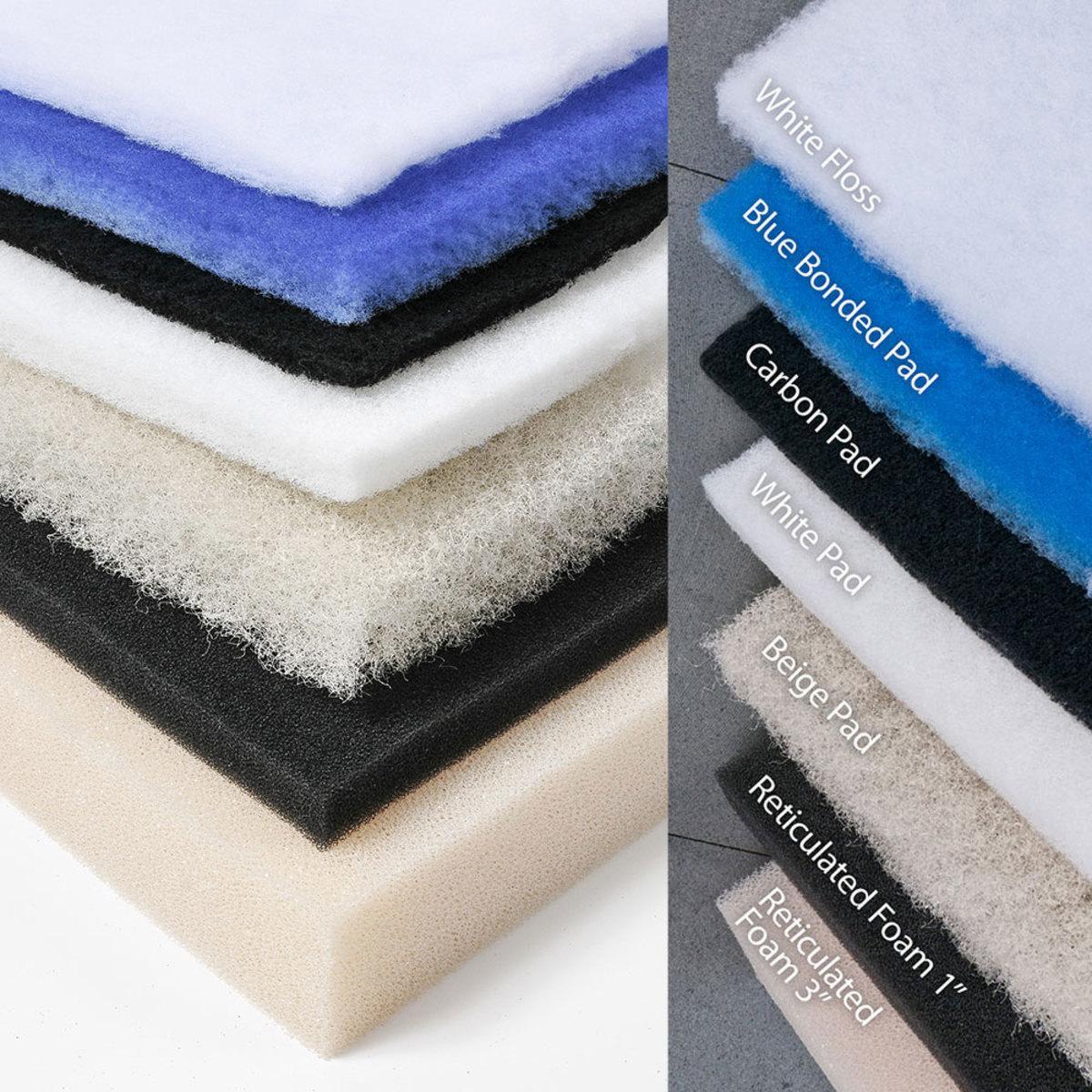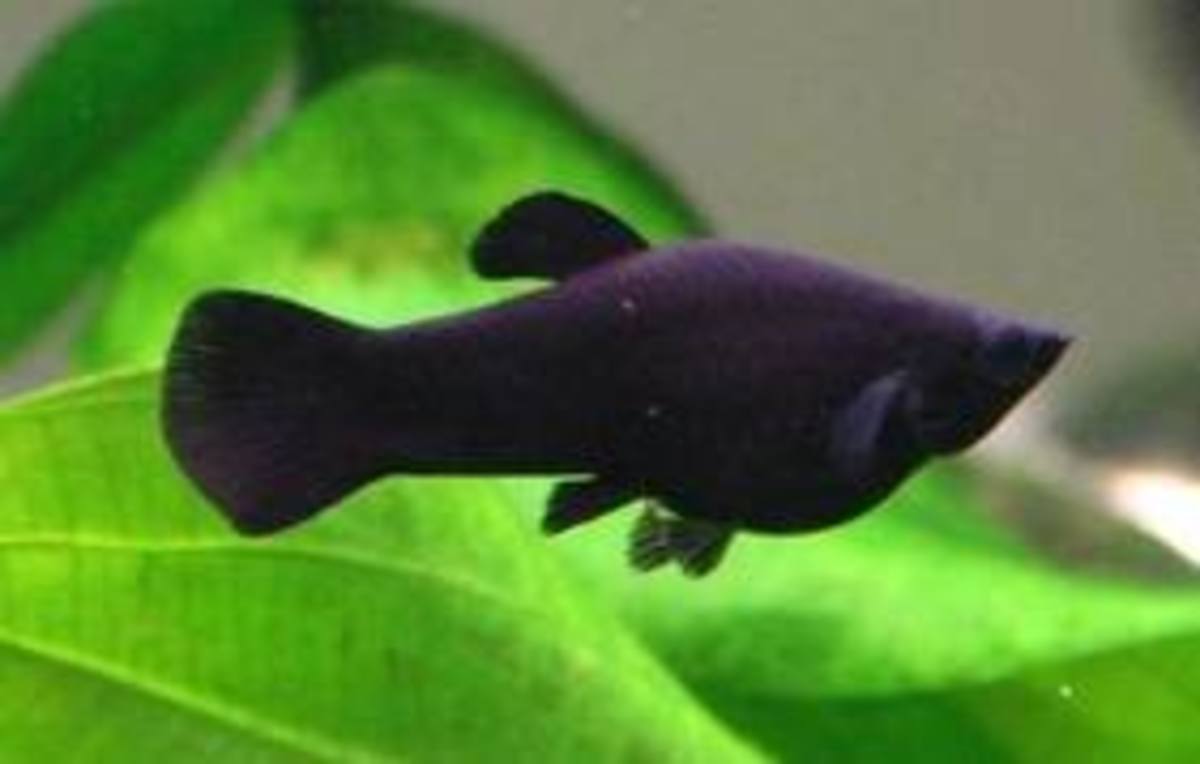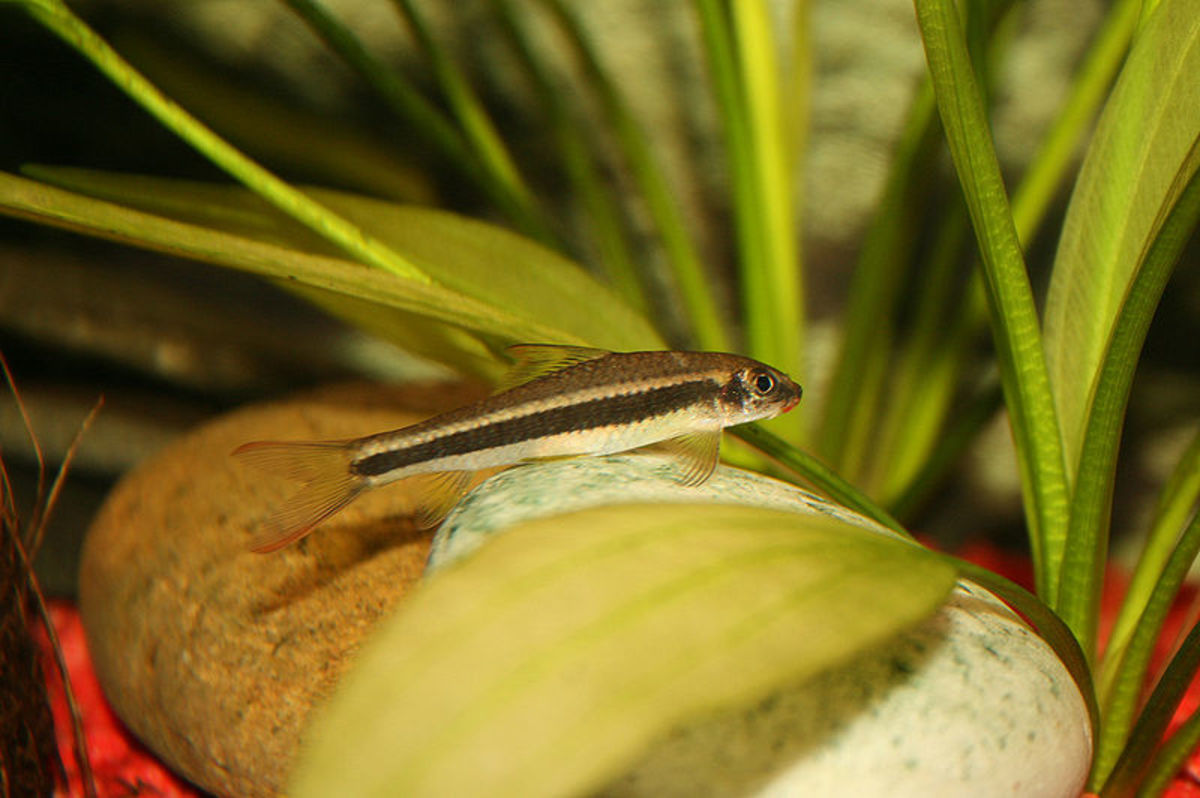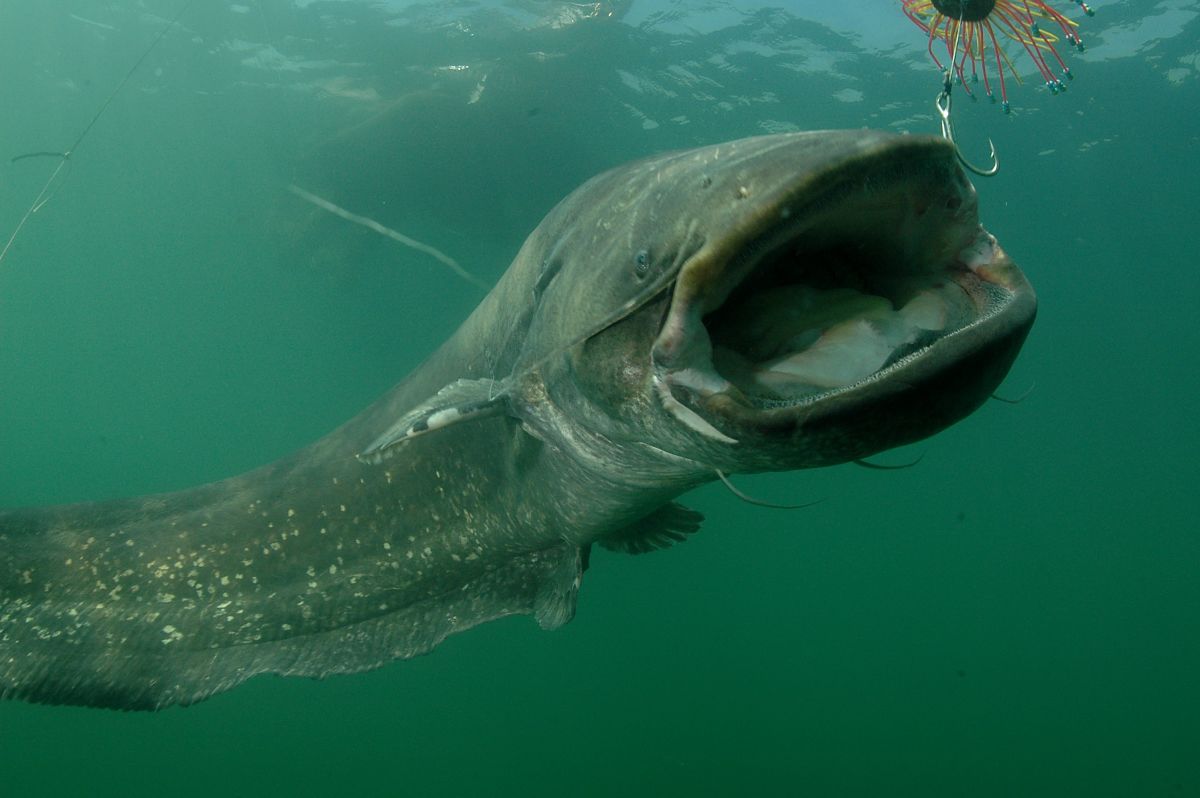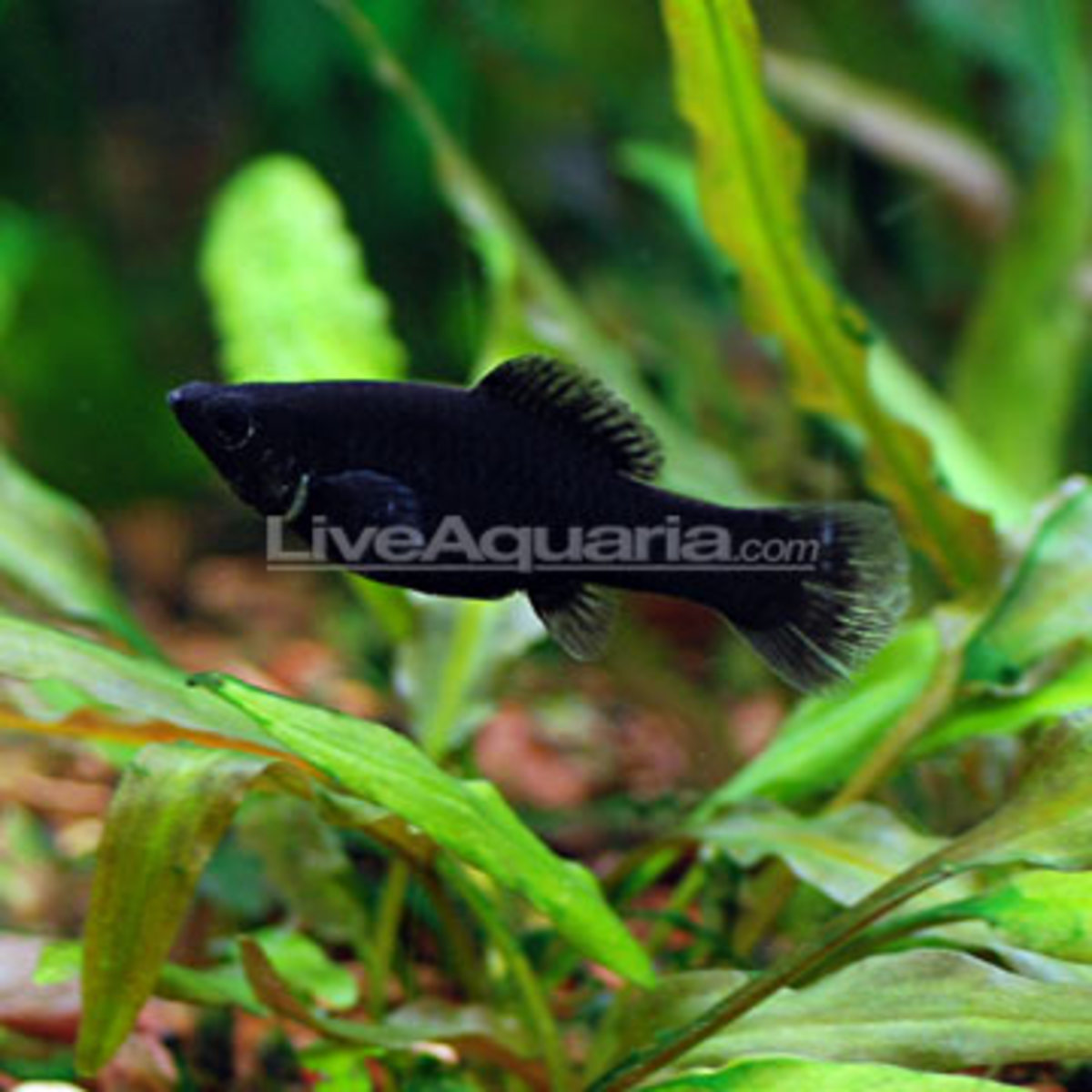How to introduce new fish into your aquarium guide
Few things are more disappointing for fish fan than buying a new beautiful fish found in any store and to see it die in one week. Perhaps the most frequent cause of these deaths is the lack of research by the owner, with respect to the type of water required by the fish (pH, temperature, hardness), food habits, compatibility with other fish in the tank, etc..
But even if you are an experienced fish owner and have made home lessons made right before you buy the new fish, some of them are still lost in this way. A stabilized aquarium with proper heating a a good filter is advisable. Let's consider some ideas on how to avoid this in the future.
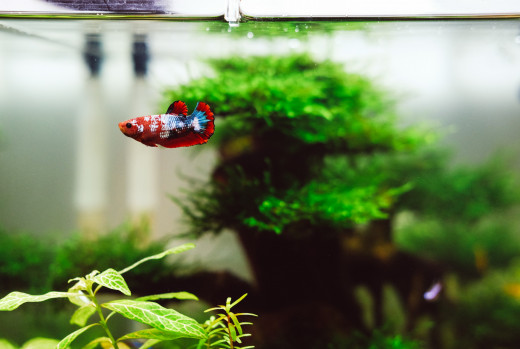
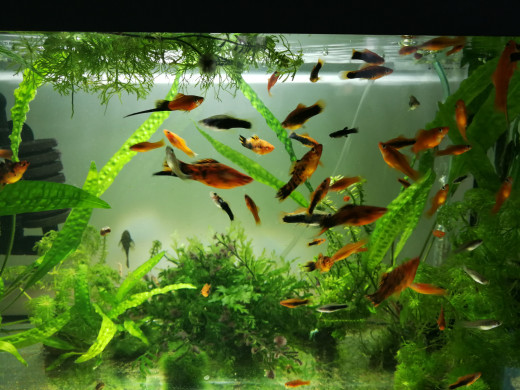
Bringing new fish home from a store is always stressfull for them, and some fish are particularly sensitive to sudden changes, as Ramirezis, Neons, Discus and many more. For any fish, different conditions may complicate the process to the point of being fatal. The most important things we should note are:
General condition of the fish:
A healthy fish will have a much better chance of surviving to the stress of change. Always choose the most intensely colored fish and the most clever in the group. If possible, check the appetite of the fish as well. This can sometimes be as simple as sliding your finger on the glass front and see what the fish below. Of course, some species are perfectly healthy but too timid to do so.
Differences in pH and temperature:
It is said that the best water to a fish is that were he is right now. This is a smart way to say that the fish do not like sudden changes. A change of more than 0.2 in pH or 2c in temperature, over a period of less than 8 hours, is stressful and can be fatal. So even if your tank is in optimal conditions for the fish, he will suffer a shock if the water from the store is very different from yours. Ask merchant level where it maintains these parameters in the aquarium, where are you buying the fish. If you are not satisfied with the response to his request that he do the test in front. Once I had problems with the death of some Ramirezis new, but my tank was ideal, and later discovered that the merchant kept in aquariums with a pH around 8.0 while I was at 7.0.
Capturing the fish:
If the merchant makes a big effort chasing the fish, or takes a long time to pick it, you better change your mind. The fish may be injured or in panic, the end point of dying later. Do not feel guilty doing this! I usually just know the merchants enough that they let me take my own fish, so I can choose the one I want and pick it the way I want.
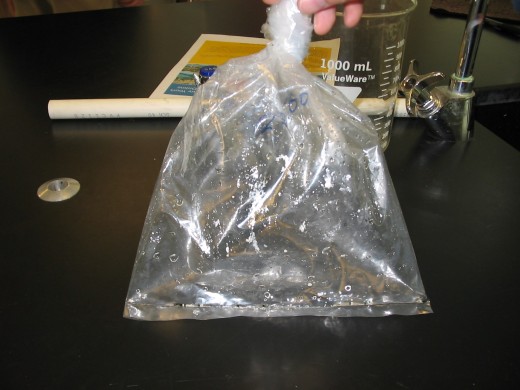
Transporting the fish home:
Make sure that the fish have a reasonable amount of water in the plastic bag. Always transport them in the dark, that should keep them calm. I like to roll the bag with a knitted wool to be dark and help keep temperature. If you take more than two hours to arrive at home, or if you have more fish in one basket, ask the merchant to put pure oxygen in it.
Releasing the fish:
Before releasing the fish in your tank, leave the bag floating in the water for at least 10 minutes, during this time you should slowly add water from the tank to the bag. This lets you adjust the pH and temperature of both waters. After that, throw away the bag of water and release the fish in the new aquarium. If you are concerned that some of the old fish can attack the beginners, turn off the light or put a little food for distract them until the fish can find a new place to hide.
You should have a in your aquarium a powerful filter to avoid excess pollution of the water. I suggest that you check for a canister filter, these are known to be the best solution for aquariums of all types. You can find a lot of bargains on eBay, follow this link an take a look on what's for sale there. Your fish will thank you!
Finally, if after all these precautions, you still lose a fish after just put it in your aquarium, then the only reasonable explanation is that the fish suffered a very, very terrible disease, known as MDF between aquarium owners as - Mysterious Death of Fish: --)
How to acclimate your fish in an fish tank
As commented here earlier one important step that you should take is to have a spare aquarium to quarantine your fish. I know that this is not easy for beginners to have more then one aquarium but if you follow this advice you will realize that is better to do so.
It's not unusual that fish get infected with fungi such has Ichthyosporidium just because they were subjected to a temperature change. The worst is if your main aquarium is infected because the medicines applied to the water in these cases normally destroy the biological cycle created in the filter.
Thanks to: GoldenThread for this last tip!
Visit my other Hub's!
- Eheim Professional Canister Filters
The Eheim line of aquarium filters is by far the best on the market. They are the most durable, well made and efficient filters one can buy. The Professional series are somewhat more expensive than the... - How to hatch Brine Shrimp to feed newborn fish
The Artemia Salina is an ocean crustacean, widelly used and very important for raising and reproducting some species.In adults they are very difficult to maintain and store, as they require too much and... - Fluval Canister Filters - Fluval 304
This is my favorite filter to date. I admit, the older models were frustrating, but Hagen has fixed many problems. First, and foremost, the filtration is excellent. The water is directed in an efficient...
This article is accurate and true to the best of the author’s knowledge. It is not meant to substitute for diagnosis, prognosis, treatment, prescription, or formal and individualized advice from a veterinary medical professional. Animals exhibiting signs and symptoms of distress should be seen by a veterinarian immediately.

